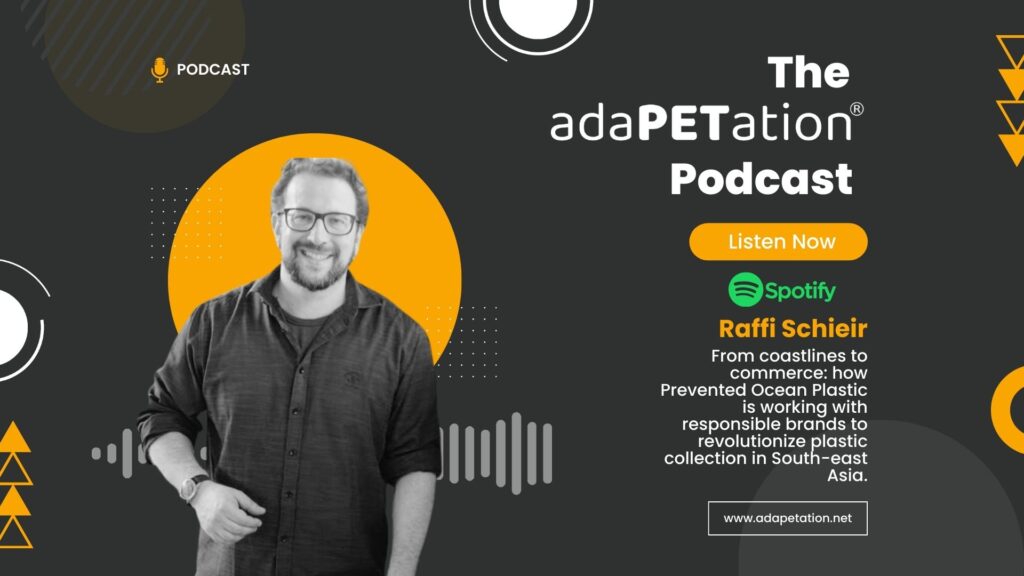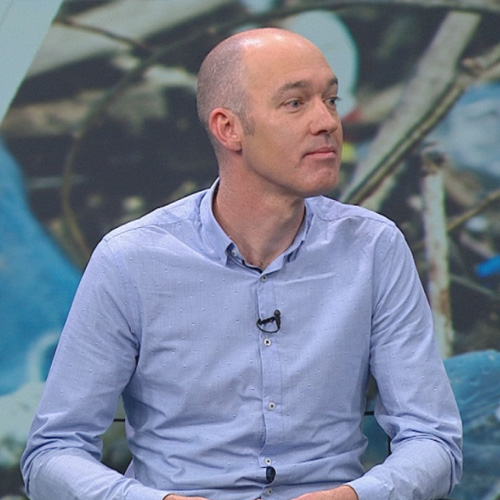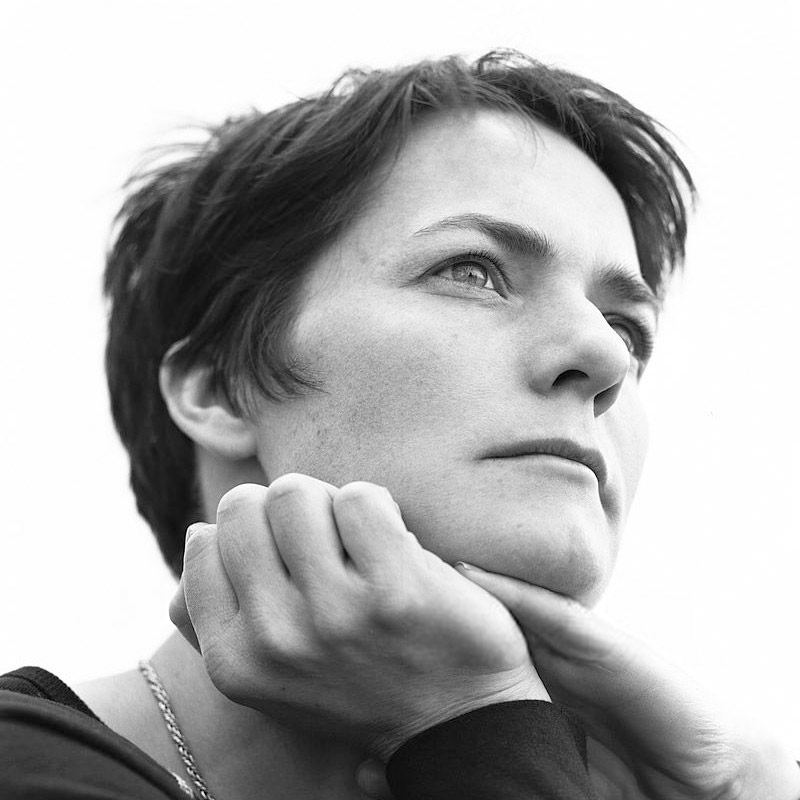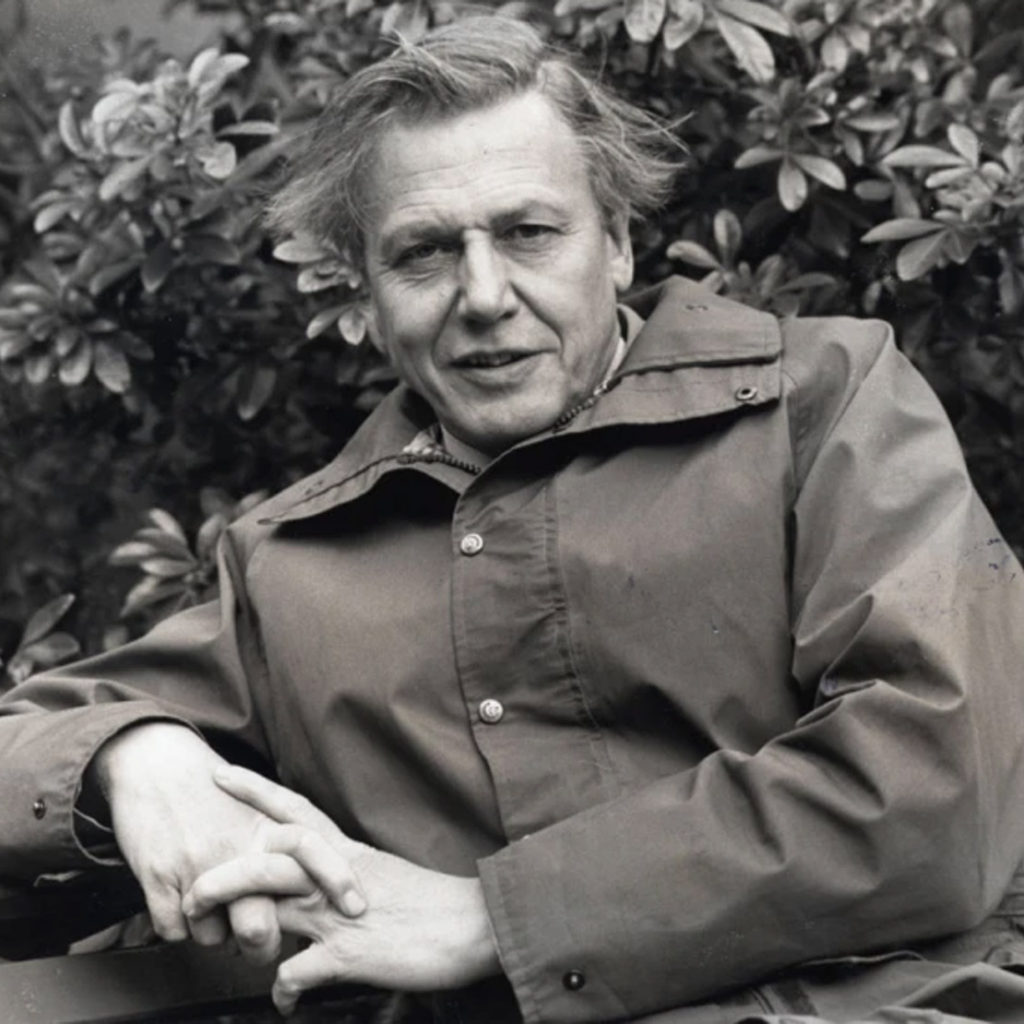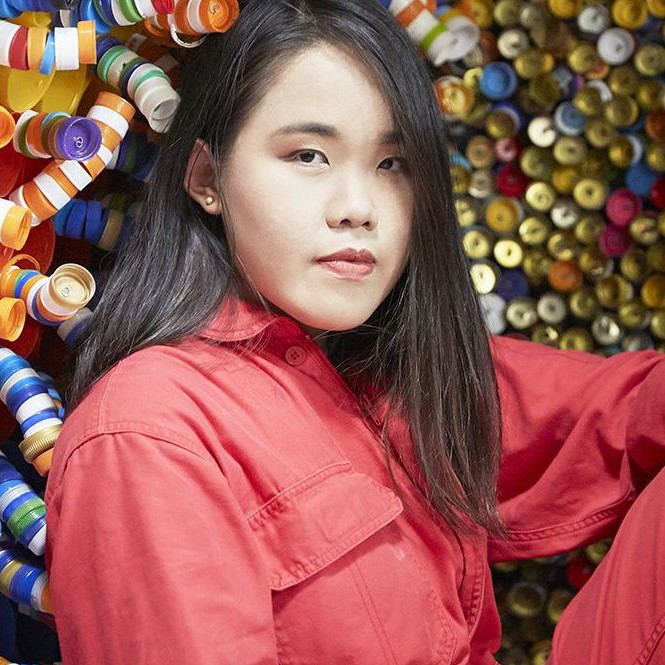
Prevented Ocean Plastic is revolutionizing recycling through local collection centres that sort plastic at source, preventing ocean pollution while creating dignified jobs and delivering high-quality recycled materials embraced by Lidl and Louis Vuitton.

Redesigning waste: How design transforms our view of plastic
In a world where plastic pollution continues to threaten marine ecosystems, Raffi Schieir has developed a solution that addresses the problem at its source. As founder of Prevented Ocean Plastic and director at UK recycling company Bantam Materials, Schieir has pioneered a business model that combines environmental impact with commercial viability—creating a scalable approach to preventing plastic from reaching our oceans.
Building a network of collection centers
Central to Prevented Ocean Plastic’s approach is their franchise model for collection centers in coastal regions where formal waste management infrastructure is nonexistent. “We go into coastal regions that have never had recycling capacity before, have no government collection, and do not really have any type of trucks going around on a weekly basis picking up rubbish,” Schieir explains.
Rather than attempting to recover plastic once it enters waterways—a process Schieir notes is largely ineffective due to degradation from sun and salt—the company builds infrastructure to collect plastic waste before it can reach the ocean. This preemptive approach has already prevented 2.5 billion bottles from potentially entering marine environments.
The franchise model takes a distinctive approach to ownership. “We build collection centers that we take joint ownership in. We take a minority ownership and the locals take a majority ownership,” Schieir says. This structure ensures local buy-in while providing the standards, practices, and infrastructure needed for success.
The key differentiator: sorting at source
What sets Prevented Ocean Plastic apart from many recycling initiatives is their commitment to sorting plastic at the point of collection. Schieir highlights this as a fundamental advantage over conventional collection methods in developed countries:
“A collection center at its foundation will take in a sack of PET bottles and make a 99% PET bottle bale. A collection center at its foundation can take in a sack of PP cups and then at its foundation can create a bale made out of PP cups. That ability to customize the input stream of recycled plastics is enormously powerful.”
This approach addresses one of the primary challenges in plastic recycling: contamination. While many developed countries rely on curbside collection systems where different materials get mixed together, Prevented Ocean Plastic’s model ensures high-quality, well-sorted material from the outset. The result is recycled plastic that meets rigorous quality standards and can compete with virgin materials in quality and appearance.
Dignity through design
Beyond environmental impact, the collection centers create dignified employment opportunities in communities where formal jobs may be scarce. “We make sure that there’s a clean toilet. We make sure that there’s a gate that ensures we have control on who comes in and who comes out. We make sure that people are working under roof so they’re not working in the hot sun every day. We give access to computers and PPE,” Schieir emphasizes.
These may seem like basic workplace standards, but in the informal waste sector that employs millions worldwide, such conditions are rarely provided. The result is not only better working conditions but also a sense of pride and professionalism that transforms how waste collection is perceived.
“I was able to bring my children into one of the collection centers that we built… and they came out and said ‘daddy, people seem reasonably happy, people seem to be smiling, everyone seems so nice.’ I guarantee you that normally people would not feel proud and happy to bring their children into collection centers,” Schieir reflects.
This transformation extends to creating professional growth opportunities, with management positions in areas like research, product development, sustainability, and human resources.
The business case: winning the decade vs. making the quarter
Prevented Ocean Plastic operates on what Schieir calls a “win the decade” strategy rather than focusing on quarterly profits. This longer-term perspective allows for investments in infrastructure and community development that might not show immediate returns but create lasting value.
The irony, as Schieir points out, is that the cost difference between recycled and virgin materials is often minimal: “The difference between recycled material and virgin plastic, when you take a look at it on a per-bottle basis, on a per-strawberry-punnet basis, it ends up being a fraction of a penny.”
This fraction of a penny—sometimes as little as one-tenth of a penny—represents the price gap that determines whether plastic ends up polluting oceans or being collected and recycled. “Any consumer out there would not trade the beauty of our beaches, the beauty of our oceans, the beauty and the safety of the animals around there for one-tenth of a penny of cost savings on a fizzy drink going into a corporation,” Schieir argues.
Quality and traceability: building credibility
For brands considering recycled content, quality assurance and traceability are essential. Prevented Ocean Plastic addresses these concerns through extensive testing and verification processes. “We do chemical testing on what it is that we put out there,” Schieir explains, including tests for “non-intentionally added substances” with Europe’s most accredited labs.
This rigorous approach allows them to demonstrate that their recycled material “performs just as well, if not better, than curbside collection.” The result is plastic that can be used at higher inclusion rates without compromising product quality: “Companies will say, ‘I can only use 30% inclusion of recycled content. Otherwise, the product that I’m producing will not be attractive to my customer.’ I’m going, ‘Hold on. You can use 50%. You can use 100%.'”
Expanding the vision
Having established proof of concept, Prevented Ocean Plastic is now on a mission to scale their impact. “We’re on a mission to build our 25 first collection centers. We’re more than halfway there,” Schieir reports. The company aims to complete this expansion by the end of 2025.
This growth requires significant investment, which Schieir notes is a primary limiting factor. “We’ve raised more than 10 million dollars of funding from five separate institutional sources for these collection center builds. 10 million of funding hopefully can turn into $ 100 million of funding soon enough.”
Partners in this expansion include major organizations like Danone, USAID, and the Green Investment Fund. These partnerships help provide the resources needed to establish collection centers, which Schieir notes cost “a few hundred thousand dollars” each to establish.
The future: breaking new ground
Looking ahead, Prevented Ocean Plastic is preparing to announce groundbreaking developments in plastic recycling. Schieir hints at “at least one world first” to be announced in the coming months, related to streams of plastic that have never been recycled before.
This advancement builds on their existing capabilities in sorting and collection, potentially expanding their model to address more challenging types of plastic waste. “Anyone who’s gone traveling and seen plastic where it doesn’t belong and has seen someone pick up a plastic bottle but leave behind the rest should know that there’s now a solution,” Schieir promises.
A three-level strategy for change
Prevented Ocean Plastic’s vision operates on three levels:
- Grassroots level: Expanding the franchise model so “every coastal region everywhere has a fit for purpose collection center, better infrastructure, better jobs” that makes coastal regions cleaner.
- Core business level: Advancing compliance, recycling capabilities, and scalable solutions that meet customer needs while moving “the needle in the scale of recycling forward.”
- Brand level: Building consumer recognition so that “when a consumer goes into their supermarket and they look at two products… and one of them carries that Prevented Ocean Plastic logo, they start to give that product preference.”
Moving beyond catch-22s
In a landscape where progress on plastic pollution often seems mired in regulatory complexities and competing interests, Schieir’s approach is refreshingly action-oriented. “I view this as thought leadership, and that thought leadership means you bring the like-minded people along with you and you plow through the Catch-22. You build where nobody else builds, you offer what nobody else is able to offer.”
This philosophy has already yielded significant results: 600 products now carry the Prevented Ocean Plastic logo, spanning from discount retailers to luxury brands. “We’re really proud we crossed 300 people that are now working wearing PPE with the Prevented Ocean Plastic logo on it,” Schieir notes, highlighting the human impact behind the environmental statistics.
For those frustrated by slow progress in global plastic treaty negotiations, Schieir’s message is simple: don’t wait for perfect consensus. “You can make a better plastic choice,” he emphasizes. “That’s about you, that’s not waiting for someone else.”
In a world where plastic pollution can seem overwhelming, Prevented Ocean Plastic demonstrates that practical, scalable solutions exist—combining environmental impact with commercial viability and social benefit. By addressing the problem at its source, they’re creating a model that could transform plastic collection worldwide, one coastal community at a time.
To hear more about his insights and ideas about the importance of waste collectors and responsible brands in stemming the flow of plastic into our oceans ecosystem restoration, check out the full conversation on the adaPETation® Podcast.
LOOKING FOR MORE INSPIRATION?
The future of plastics is being redefined, and you can be a part of it. Listen to the full podcast with Raffi Schieir to delve deep into how responsible brands and PET plastic is driving ecosystem restoration around the world.
Your support can usher in a new era where plastic, once the problem, becomes an integral part of the solution.
Share it
Useful Links
THE HISTORY OF PLASTIC
Throughout the history of plastic, PET has been crucial in keeping food fresh with lightweight and durable packaging solutions that have helped reduce food waste for almost a century. Learn all about the invention of plastic and the important role it has played feeding people and saving the lives of humans and elephants in the adaPETation® timeline of the history of plastic.

